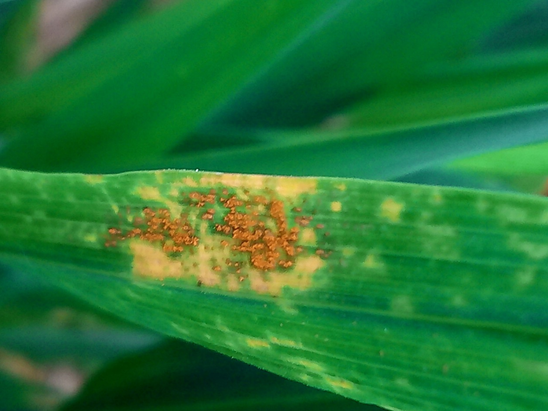Winter wheat: Diseases – May 2020
13 May 2020For most crops, the T1 is now applied. The dry conditions have reduced the disease risk although reports of yellow rust are relatively common, particularly around the coastal regions.
Azole fungicides are really the backbone of keeping rust out and the efficacy of sprays where applied has been good. There are reports of rust on varieties with reasonable resistance ratings like Skyscraper which reflects the uncertainty about new rust races. Hopefully, we are now within the safety of standard programmes having started and crops should be well protected once these have started, with the proviso that gaps are kept to three weeks.
Flag leaf is the most responsive timing and SDHI and azole chemistry is core at this spray timing. There have been a few queries about whether this can be cut back in thin crops given the poorer yield potential. In reality, though green leaf area is just as important in these crops – perhaps more so and the scope for reductions are not greater. But possibly this is a scenario where ‘middle-aged’ azole and SDHI mixes might be applicable.
One challenge this year is that most of our wheat flag leaf sprays will fall after the 20th May cut off for chlorothalonil use, which may unmask previously weaker SDHI and azole options which have been OK in previous years when propped up with chlorothalonil but may be very marginal without it. The response to this is to move to some of the most effective options. Folpet is the more effective of the remaining multisites, so will add some efficacy and will help to steward against resistance, although not as cheap or as effective as chlorothalonil.
As always, for further information or site-specific guidance please contact your local agricultural consultant or agronomist.
Sign up to the FAS newsletter
Receive updates on news, events and publications from Scotland’s Farm Advisory Service

